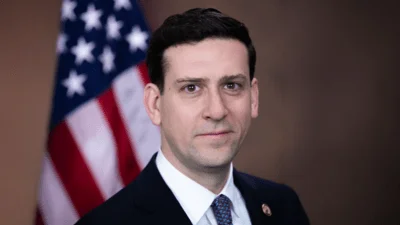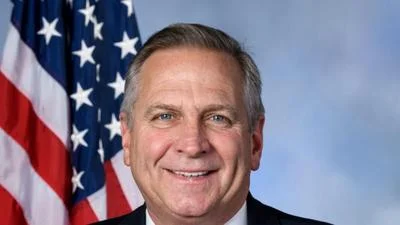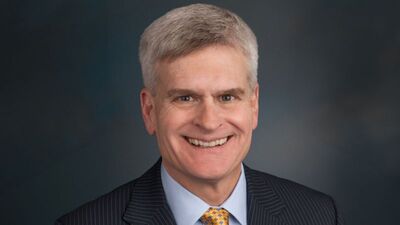Dear Mr. Dodaro:
As chairs of the House Committee on Education and Labor and the Senate Committee on Health, Education, Labor, and Pensions (HELP), we write to request the Government Accountability Office (GAO) conduct a review of target-date funds (TDFs). The employer-provided retirement system must effectively serve its participants and retirees, and we are concerned certain aspects of TDFs may be placing them at risk. TDFs are often billed as “set it and forget it" investments, yet expenses and risk allocations vary considerably among funds. The millions of families who trust their financial futures to target-date funds, need to know these programs are working as advertised and providing the retirement security promised.
TDFs, which are default investment options offered in employer-provided retirement plans, are intended to balance risk and provide an age-appropriate asset allocation for plan participants over time. TDFs do so by gradually shifting participants’ asset allocations from higher risk investments (equities) to more conservative ones (fixed income) as participants approach retirement. TDFs are incredibly popular among plan participants. In fact, since the GAO last reported on TDFs in 2011[1], these funds have steadily grown with over $1.5 trillion invested in these funds.[2] However, retirement experts have raised concerns that the performance of TDFs and level of risk exposure can vary widely-even for those close to retirement. According to The New York Times, “[m]any of the major target-date funds tailored for people retiring in 2020, for example, have roughly 50 to 55 percent of their investments in stock funds."[3] One 2020 TDF, which has over $16 billion in assets, is reportedly 60 percent invested in stocks.[4] Meanwhile, the Thrift Savings Plan’s (TSP’s) 2020 Lifecycle Fund, which was retired in July 2020, had more than 60 percent allocated to its G Fund (short-term U.S. Treasury securities) for the two years prior to its retirement.[5]
Further, while TDFs have traditionally included a mix of equities and fixed-income investments, the Department of Labor under the Trump Administration paved the way for the use of potentially higher risk and more lightly-regulated “alternative" assets, such as private equity.[6] Little is known about the extent to which TDFs offered in employer-provided retirement plans include alternative assets and how those TDFs with alternative assets impact participants’ fees and returns.
Given these concerns regarding TDFs, we respectfully ask GAO to address the following questions:
If you have any questions concerning this request, please contact Kevin McDermott, Senior Labor Policy Advisor for the House Committee on Education and Labor, at (202) 225-3725 or Kendra Isaacson, Senior Pensions Counsel for the Senate Committee on Health, Education, Labor and Pensions (HELP), at (202) 224-6572.
Thank you for your attention to this matter.
Sincerely,








